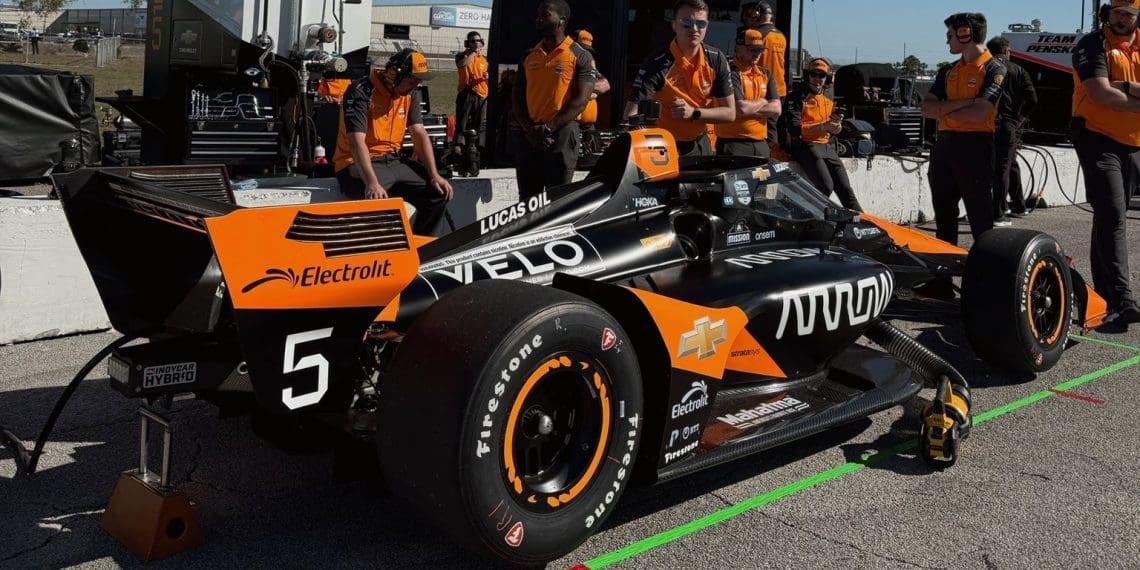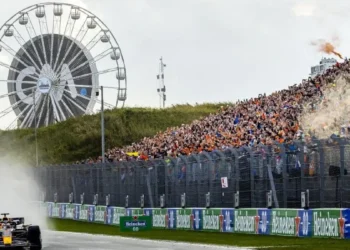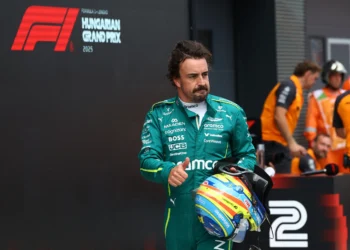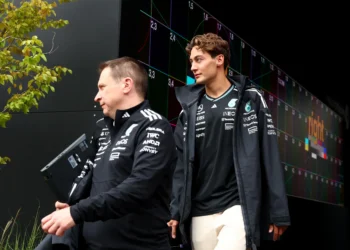Exciting IndyCar Tire Rule Change Proposed to Rev Up Street Races
In a bold move to shake up the world of IndyCar racing, a recent trial of a new tire rule has left drivers and fans buzzing with excitement. The experiment required drivers to complete two stints on each compound of Firestone tires, instead of the usual one, during a recent event at the Indianapolis road course.
Initially met with skepticism, the new rule proved to be a game-changer as nearly every driver had to navigate one stint on a used set of alternate compound tires. The worn-out tires added a thrilling element to the race, with drivers like Alex Palou seizing the opportunity to overtake competitors like Graham Rahal for the lead.
Post-race, rising star Pato O’Ward captured the attention of the media with his enthusiastic endorsement of the tire rule update. O’Ward expressed his desire to see these changes implemented in more events, particularly highlighting the potential impact on upcoming street courses in the IndyCar season.
While acknowledging that the new rules might make drivers “miserable” at times due to racing on less preferred tires, O’Ward emphasized the potential for increased overtaking opportunities stemming from diverse tire strategies. He highlighted the element of unpredictability that these changes could introduce, pushing drivers to strategize and adapt on the fly.
The shift away from softer green-walled tires during the St. Petersburg race, often after just a couple of laps, underscored the strategic implications of the rule change. O’Ward’s vision for a more dynamic and entertaining race experience on street courses like St. Pete and Long Beach has sparked a wave of anticipation among fans and drivers alike.
As the dust settles on the Indianapolis trial, the IndyCar community eagerly awaits news on whether these experimental rules will become a permanent fixture in the racing series. With street races in Detroit and Toronto on the horizon, the prospect of a more thrilling and unpredictable competition looms large.
Stay tuned as IndyCar considers the future of its tire regulations, potentially paving the way for a new era of electrifying street races that will keep fans on the edge of their seats.













